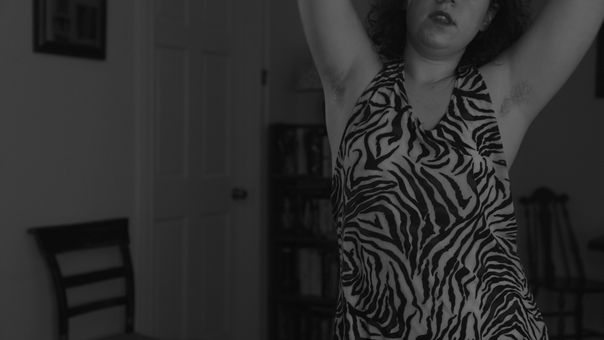A Tangled Web that Children Weave
by Oriana Franceschi

The children in THE SPIDERWEBHOUSE (IM SPINNWEBHAUS; GERMANY) make their insect pets feel at home. They plant a stick in a saucepan of dirt and set little beetles free to roam around it, and open their dollhouse door to welcome bugs inside. The floor of their own house grows thick with leaves and a dense, webbed forest grows over the ceiling; impossibly, we can hear the tiny footsteps of spiders as they tiptoe around the house. THE SPIDERWEBHOUSE, part of the Perspektive Deutsches Kino, is Mara Eibl-Eibesfeldt’s tale of three children, Jonas, Nick and Miechen, whose mentally ill mother leaves them so she can “fight her demons“ in a mysterious land known as Sunvalley.
In this house, where the inside is full of outside, the child becomes the parent as Jonas (an angelic Ben Litwinschuh), determined not to let child services divide his family, cares for his siblings. Over time, hair becomes matted, jumpers are streaked with filth, and healthy young faces develop dark circles, bruises, and grimy shadows. Strange visitors begin to call at this spiderweb house: A pale old lady who calls herself Dracula, a rattling punk with a stray ladybird crawling up his neck, an unwelcome father under some spell that blinds him to anything he doesn’t want to see. They all ask the same thing: Where is your mother? In this topsy-turvy fairytale world, the wicked witch from whom Jonas must save his little sister and brother is a kind kindergarten teacher with too many questions.
Shot in eerie black and white, THE SPIDERWEBHOUSE is reminiscent of Charles Laughton’s NIGHT OF THE HUNTER, but lacks that film’s dark magic. Eible-Eibesfeldt teeters so temptingly on the brink of childish fantasy, that at times it feels, frustratingly, as though she’s holding something back. The film would have benefited from more near-magic moments, like the child-sized bicycles that appear from nowhere, and a night that turns to day in the blink of an eye.
THE SPIDERWEBHOUSE’S strongest scenes are those that show the children interacting with one another; they’re funny and touching. In their wild living room, the children build themselves an indoor cave of blankets and live inside it like babes in the wood. Close and affectionate, they fall asleep with their arms around each other, lying on the back of a giant toy tiger. If we listen closely enough, we can hear it purring with love.

